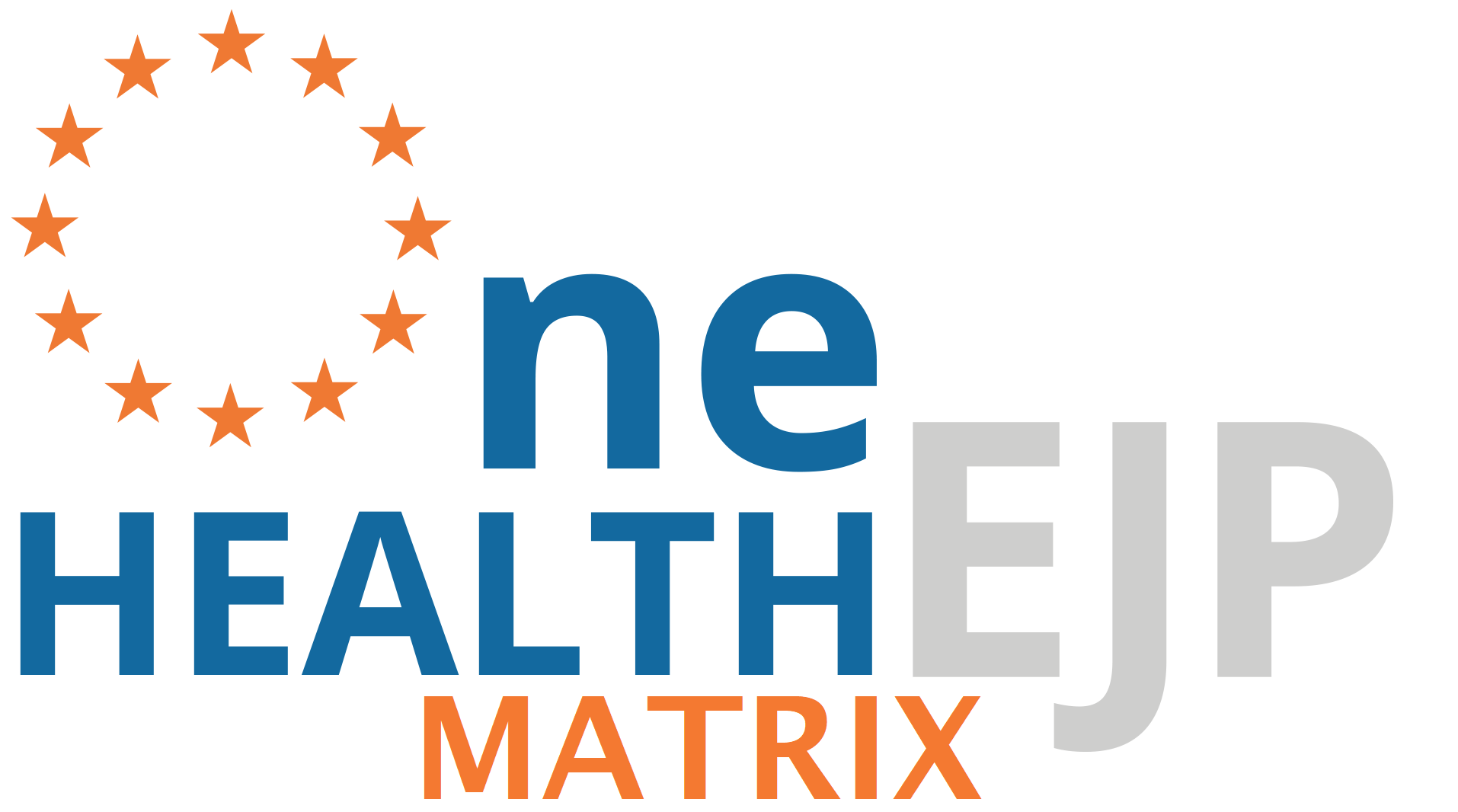With relevant stakeholders identified and appropriately engaged, the first activity moving forward is to determine the overall purpose and objectives of the One Health surveillance system you want to create. In general, the purpose of a surveillance system could be described as the problem it seeks to address (why the surveillance system exists), whereas the objectives outline how the data generated from the system will be used to address that problem.
Defining the purpose and objectives of your OHSS is an important step, as the purpose and objectives will frame the design of the system and subsequently determine what data are needed. Not surprisingly, unclear surveillance objectives have been identified by a systematic review of the literature as a barrier to harmonising and integrating surveillance data (Review).
We recommend developing a common purpose and common objectives. By common, we mean a purpose and objective(s) that are developed jointly with all relevant stakeholders.
As the intention is to create a common purpose and objective(s) jointly with all stakeholders, some form of participatory approach is required. There are many possible formats that could be applied, but each situation will be unique due to cultural contexts, stakeholder availability, resource availability and so on. Therefore, an approach cannot be prescribed, but rather, must be individually designed to the specific situation. This activity is best supported by a social scientist versed in participatory group activities (if they are not already a member of the working group).
One generic approach, that can be personalised to your situation, is to run a plenary or focus group discussion with all stakeholders, supported by participatory tools that allow each stakeholder to define their desired purpose and objective(s). Once completed, all stakeholder defined purposes and objectives can be collected and subjected to analytic and participatory techniques to tease out and refine a common purpose and common objective(s).
Some of the benefits of developing a common purpose and objective(s) include:
- Creates a clear and unified vision
- Improves the likelihood of stakeholder buy-in and subsequent success of the project as each stakeholder has the chance to express the needs of their sector
- Supports improved inter-sectoral understanding and subsequently builds trust between the stakeholders due to the interactive nature of the activity
